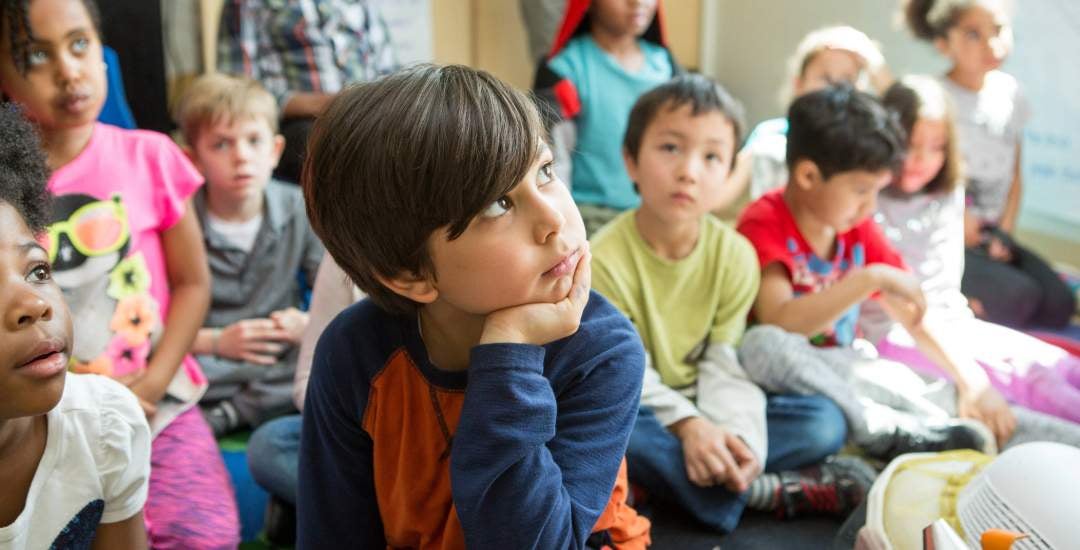“Weathering the Storm: Hurricane Harvey and Student Housing Instability,” the first of two briefs on the disaster’s impact on students, indicated a 351% increase in student homelessness from the 2016-17 school year to the 2017-18 school year. Crisis codes provided to the Texas Education Agency established that 81% of this population was homeless as a direct result of Harvey.
The research was done in partnership with the Southern Methodist University Simmons School of Education and Human Development, and was authored by Meredith P. Richards, Cheyenne Phillips, Alexandra E. Pavlakis and J. Kessa Roberts.
As the Houston region continues to grapple with the impacts of natural disasters, the Urban Edge spoke with Phillips, Richards and Roberts to discuss the struggles facing the homeless student population, and preemptive steps that schools and communities can take to assist them.
What are the challenges for students experiencing ‘everyday’ homelessness versus those who were displaced because of a natural disaster?
Roberts: There is some overlap, but there are some big differences between students who are already experiencing housing instability and students that are experiencing it perhaps for the first time because of a disaster. For students who were experiencing homelessness before the disaster, there is often some trauma that they have experienced before the disaster hits. Then that disaster compounds that trauma. For students experiencing homelessness because of a disaster, their families are often underprepared. They’re unaware that their students even qualify for rights under the McKinney-Vento Act. They likely have never sought out these sorts of supports before.
Richards: Schools tend to be one of the major responders when disaster strikes. When students become homeless, schools are often set up to deal with traditional forms of homelessness. They have existing relationships with shelters and community providers. But when there’s an influx of tens of thousands of students who are unsheltered on the streets, that’s not what they’re prepared to deal with. That being said, there is often a lot more attention when there’s a natural disaster. There’s an interesting tension in terms of how society perceives these kids and how our communities are set up to serve them.
How can a school district’s response to a natural disaster be implemented into a city’s resilience and recovery plan?
Roberts: In terms of practical tasks to prepare, sitting down each school and organization and thinking through a tangible list of what their clientele or students need to be successful. We know that students need to be fed, they need to be in clean clothes, they need to be comfortable, and supported with social networks. Making sure they have access to all of these things at the school, like mental health services, or helping families coordinate services like renters insurance. These are all instances where schools can serve as a hub for these families to access. Anything that can be provided at the school site, whether that’s physical space or technology being allotted. These are all things that can be prepped ahead of time.
Richards: One of the things we recently produced was a comic book, “Uprooted: Voices of Student Homelessness.” The idea here was to create a resource to give teachers and educators a better grasp of what student homelessness looks like, so that they can identify and intervene. The point is to show these different contexts that kids live in, how schools support them. It’s not just homelessness coordinators and the people who are officially tasked with doing this that play a role. It’s every person involved in a student’s life.
The report mentioned that the nearly 24,000 students who became homeless because of Hurricane Harvey is ‘certainly an underestimate of the true impact of the storm.’ Why was that important to highlight?
Roberts: There are going to be a lot of people who are hesitant to identify their family as experiencing homelessness, because there are a lot of misunderstandings. They think their kids might get taken away. Then thinking about legality and immigration status; in different contexts across the country, that’s going to play out really differently. It really needs to be made clear to people that they can utilize these services without fear of retribution for other legal implications.
Richards: We can’t help the kids that we can’t identify. Of course, we need to find these kids to be able to help them. Sometimes that’s the hardest part. We want to make sure people realize that experiencing homeless is not something to be ashamed of. We have educators that understand and are trying to identify as frequently as possible using forms that are as neutrally framed as possible that those resources are available to everyone. We know this is a problem because during COVID, the number of students experiencing homelessness dropped dramatically according to our data. When we don’t have opportunities to interact with kids in person, we often miss them. There is now an opportunity to not only get back where we were in terms of identification, but really improve those practices altogether.
What are some areas for future research on student homelessness?
Phillips: As we begin thinking about next steps, it’s looking at the impact of school closures or campuses that have excessive amounts of damage. When schools close or are relocated, that can be another compounding impact on these students. There are disasters where not only homes are destroyed and students begin experiencing homelessness, but then also schools, which can be a hub of support, also get damaged are forced to close.
Roberts: That really underscores the importance of social networks at schools. When students’ schools are closed, their social networks get fragmented. Students and faculty are getting sent to multiple different schools. We know from the research that a supportive connection in the form of a faculty member or staff member at the school really serves to support students and families post-natural disaster. If that one teacher a student is really close to is suddenly moved to a different school, that connection is severed.



